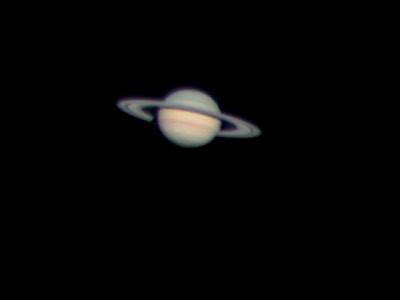Every day our eyes catch the light of our memories – time spent with family, the journey to work, a special holiday, a beautiful sunset or a dark starlit night. Each image captured is a picture drawn in light – a photograph: only to be lost in our minds or forever forgotten. Nearly two hundred years ago a small group of amateur scientists achieved what had eluded mankind for centuries – the ability to capture a permanent record of an image seen by their own eyes – a moment in time frozen onto a surface. They had discovered Photography. They were the ‘Catchers of the Light’.
Showing posts with label Planets. Show all posts
Showing posts with label Planets. Show all posts
Wednesday, October 12, 2022
Jupiter with GRS
Imaging Telescope: Meade LX90 UHTC 8" OTA
Imaging Camera: Player One Mars-C
Mounts: Meade LX90
Filters: Baader UV/IR cut 1.25"
Accessories: Tele Vue 2.5x 1.25" Powermate (PMT-2513)
Software: Emil Kraaikamp AutoStakkert! · Grischa Hahn WinJUPOS · Lucien AstroSurface
Via Lactea Observatory, Paramithia, Epirus, Greece
Wednesday, April 29, 2015
Jupiter grs Europa and shadow
Jupiter grs Europa and shadow
26 April 2015
20:51:51 Local time
Athens
LX90 ota
Eq6 Pro
IS DBK21
PowerMate x2.5
Sunday, February 22, 2015
Venus
Venus 18 Mar 2012 19:35 local time
Telescope : Meade LX90 (ota only)
Camera : IS DBK21
Televue Powermate x2,5
Mount: EQ6Pro
Venus is the second planet from the Sun, orbiting it every 224.7 Earth days.[11] It has no natural satellite. It is named after the Roman goddess of love and beauty. After the Moon, it is the brightest natural object in the night sky, reaching an apparent magnitude of −4.6, bright enough to cast shadows.[12] Because Venus is an inferior planet from Earth, it never appears to venture far from the Sun: its elongation reaches a maximum of 47.8°.
Venus is a terrestrial planet and is sometimes called Earth's "sister planet" because of their similar size, mass, proximity to the Sun and bulk composition. However, it has also been shown to be radically different from Earth in other respects. It has the densest atmosphere of the four terrestrial planets, consisting of more than 96% carbon dioxide. The atmospheric pressure at the planet's surface is 92 times that of Earth's. With a mean surface temperature of 735 K (462 °C; 863 °F), Venus is by far the hottest planet in the Solar System, even though Mercury is closer to the Sun. Venus has no carbon cycle that puts carbon into rock, nor does it seem to have any organic life to absorb carbon in biomass. Venus is shrouded by an opaque layer of highly reflective clouds of sulfuric acid, preventing its surface from being seen from space in visible light. It may have possessed oceans in the past,[13][14] but these would have vaporized as the temperature rose due to a runaway greenhouse effect.[15] The water has most probably photodissociated, and, because of the lack of a planetary magnetic field, the free hydrogen has been swept into interplanetary space by the solar wind.[16] Venus' surface is a dry desertscape interspersed with slab-like rocks and periodically refreshed by volcanism
Sunday, November 11, 2012
Jupiter, Great red spot, Io, Io shadow animation
8" LX90 ota only
Televue Powermate x2.5
DBK 21
EQ6 Pro
Wednesday, September 23, 2009
Friday, February 6, 2009
Tuesday, December 23, 2008
Tuesday, May 13, 2008
Mars
 Mars 01/11/2008 21:41 UTC
Mars 01/11/2008 21:41 UTCDistance from Earth 0.65au
Illumination 98%
Angular diameter 14.4arcsec CM 27
8'' LX90 f/25
x2.5 PowerMate
Baader Ir-cut
DBK 21AF04
Kallithea
Athens
Hellas
http://www.buytelescopes.com/viewphoto.aspx?pid=16455
Sunday, May 11, 2008
Subscribe to:
Posts (Atom)











